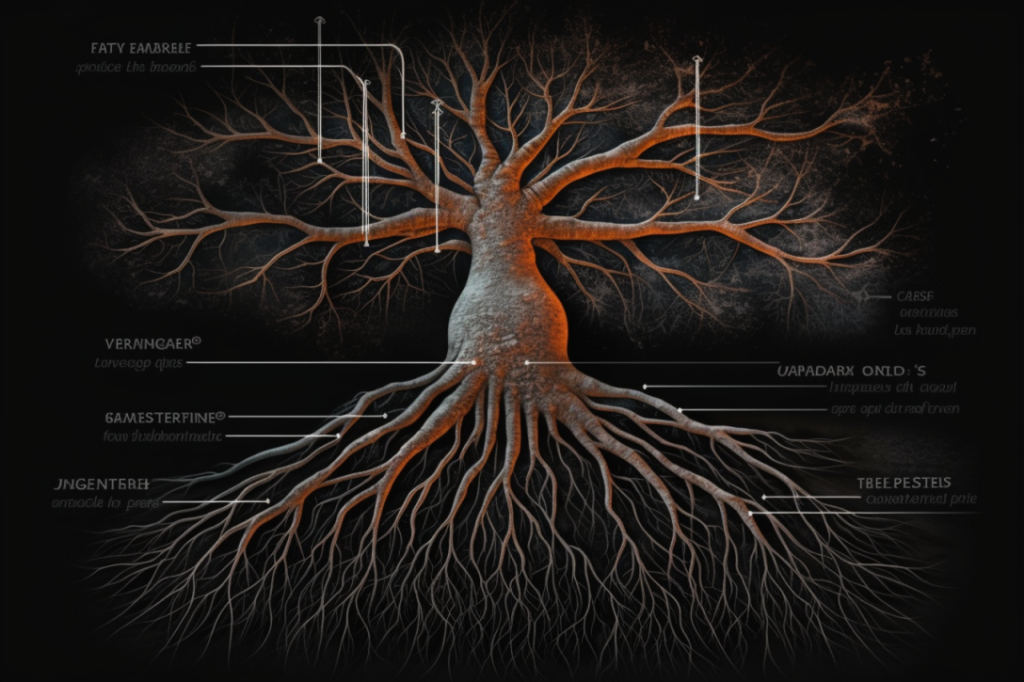Google announced that they are rolling out what they call “continuous scrolling” in the SERPs (Search Engine results pages). Really, it’s infinite scrolling that’s being rolled out.
Let us explain: Infinite scroll refers to a long-running concept used by websites where they load content continuously as the user scrolls down.
This guide on Google’s web developer docs explains how to produce an infinite scroll implementation that can also be seen by Google.
The goal of this implementation was to create a reusable reference example through which they could explain a method of tackling all the problems introduced when creating infinite scroll, as well as how to maintain performance standards.
What Does Infinite Scroll Mean For SEO Pros?
Google themselves have acknowledged that infinite scroll can cause SEO problems, leaving many wondering exactly why Google is still implementing this feature.
Martin Splitt explained that Googlebot doesn’t scroll through pages.
In addition, infinite scroll (excuse us – continuous scroll), can cause significant issues with SEO and how the content is indexed overall in the SERPs.
It’s worth noting that Google has a concentrated focus on their own users, and not necessarily the websites that they index. When this is a focus, there are different decisions in place at the user level than what would occur if they were to have Google index their own pages.
And how would that make sense if Google were to index their own pages?
However, there are still other considerations that must be taken into account when it comes to infinite scroll, given the problems that they cause.
First, on the advertising side of things:
This change will cause a redistribution of ads at the top and bottom of the SERPs. These can now show up at the top of the second page and beyond. This could cause attribution problems when they occur.
As you might expect, this redistribution can cause issues with CTR (click-through rates). Depending on how these ads are actually implemented, people could more likely be clicking on ads rather than on actual search results.
Given how Google has not exactly been up-front with SEO pros about certain things in the past, we don’t think that this will end well for SEO pros and for clients.
Nonetheless, this is fine when one is not a creature of habit and can adapt well to the ever-changing landscape of SEO.
However, if you find that you can’t keep up with the changing terrain, being an SEO Professional will be a difficult field.
But, don’t worry, that’s why we are here to help through the process.
Is Google Going Against Their Own Advice?
Well, yes and no. Google’s Martin Splitt stated the following in 2020:
“It can also be that you accidentally no-index the content that was previously on the page so that you might end up no-indexing too much.
I would always test these things and look at the rendered HTML. The rendered HTML tells you what we are seeing. You can use the URL inspection tool to see what we have crawled, so you see it in the crawled rendered HTML.
But you can also use the live test to see what we see if we would do it again.
So it depends really is the answer in that case.”
Here, it would appear that they are going against their own advice.
But, it’s important to keep in mind that Google’s primary focus is on the users of their own website, and solving those types of problems.
The priority of an SEO professional is not always the user – we focus on things that can potentially improve rankings like keywords on the page, on-site content, finding links, and so on.
With Google’s focus on their own users, it’s likely that this is a data-driven decision. Despite the fact that infinite scroll can cause issues with their own site crawling and indexing pages, they aren’t optimizing for their own site.
We are.
What’s to Stop Google From Making More Visually Disruptive Changes to Search?
From the SEO perspective, we don’t like how Google’s new scrolling feature could potentially interrupt CTR.
For example, someone could intend to tap on one result and instead accidentally scroll to the next one at the top of the next page.
Infinite scroll could also potentially interfere with the visual appeal of the search results, causing people who don’t like it to abandon using Google entirely.
Finally, what’s to stop Google from making more visually-disruptive changes to the search results, thereby reducing the amount of CTR from Google directly to client sites?
Today, infinite scroll. Tomorrow it could be contextually-irrelevant visual disruptions.
Google has moved from allowing SEO professionals the opportunity to use their own page titles, to taking away visually stable SERPs.
Tomorrow, it could be more dynamic SERPs with changing results on each minute tap of the scroll wheel, to more disturbing visual distractions meant to take the user away from the final action we want them to perform: clicking on our own result over others.
However, we don’t think Google will go that far. They would not compromise relevance in order to advance the hidden goals they might have that they’re not sharing with us.
Or would they?









